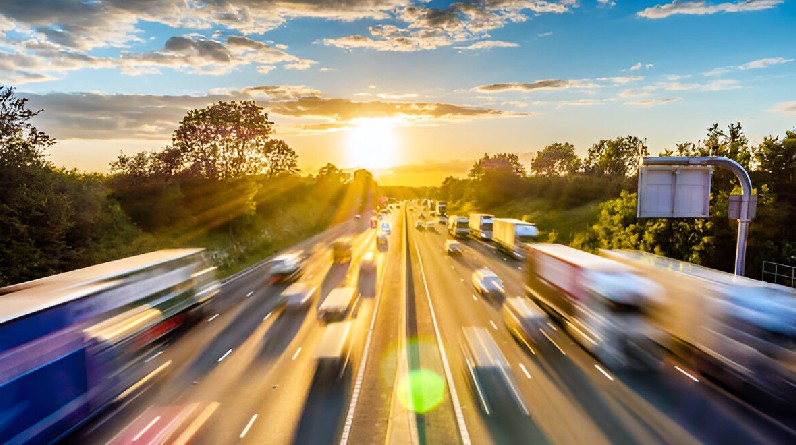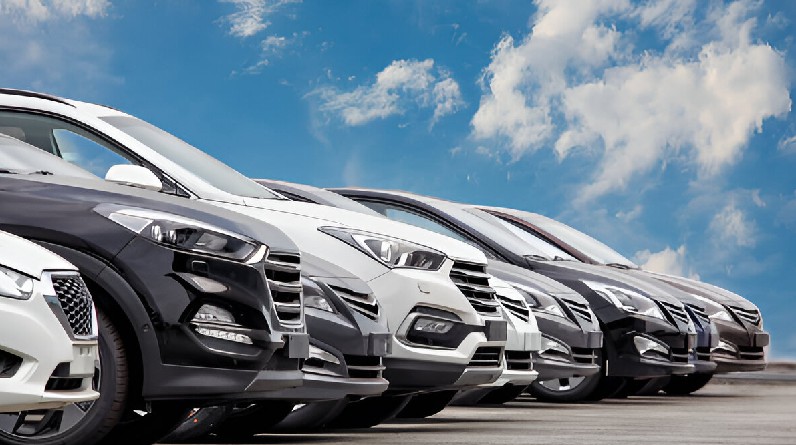Rena Monrovia when you transport something by car … a phrase that has recently taken the internet by storm, sparking curiosity and confusion in equal measure. While the origins of this phrase remain somewhat shrouded in mystery, one thing is clear: it signifies a shift in how we think about moving goods. It hints at a future where transportation is not just about efficiency and cost-effectiveness, but also about community, collaboration, and shared responsibility.
The Rise of Community-Based Logistics
Community-based logistics (CBL) is an emerging model that emphasizes collaboration and resource sharing within a local community to optimize transportation and logistics processes. It leverages the collective power of individuals, businesses, and organizations to create a more efficient and sustainable system.
Imagine a scenario where, instead of relying solely on commercial carriers or individual efforts, you could tap into a network of neighbors, local businesses, and community organizations to transport goods. This is the essence of CBL, and it’s poised to reshape how we approach car transportation, especially in the context of “Rena Monrovia when you transport something by car.”
Why Community-Based Logistics Matters in the “Rena Monrovia” Era
The phrase “Rena Monrovia when you transport something by car” highlights the increasing importance of individual car owners in the transportation ecosystem. As e-commerce continues to grow and supply chains become more decentralized, individuals are playing a more significant role in moving goods.
CBL offers a framework for harnessing this potential by:
- Reducing reliance on commercial carriers: CBL can decrease dependence on large logistics companies, empowering individuals and communities to take control of their transportation needs.
- Optimizing resource utilization: By sharing vehicles and coordinating transportation efforts, CBL can minimize empty miles and reduce overall fuel consumption.
- Promoting sustainability: CBL encourages the use of eco-friendly transportation options, such as carpooling and cycling, reducing carbon emissions and promoting environmental responsibility.
- Building stronger communities: CBL fosters collaboration and trust within communities, creating social connections and strengthening local economies.
How “Rena Monrovia When You Transport Something By Car …” Can Drive Community-Based Logistics

The concept of “Rena Monrovia when you transport something by car …” can be a catalyst for the adoption of CBL. Here’s how:
- Awareness and Education: The widespread discussion around “Rena Monrovia when you transport something by car” provides an opportunity to educate people about CBL and its benefits.
- Technology Integration: Online platforms and mobile apps can facilitate the creation of community-based logistics networks, connecting individuals and businesses with transportation needs and available resources.
- Incentive Programs: Local governments and community organizations can incentivize participation in CBL through rewards programs, subsidies, or tax breaks.
- Community Engagement: Engaging local communities in the planning and implementation of CBL initiatives can ensure their success and sustainability.
Community-Based Logistics in Action
Several communities around the world are already reaping the benefits of CBL. Here are a few examples:
- The Sharing Economy: Platforms like Uber and Lyft have demonstrated the power of community-based transportation, connecting riders with drivers in their local area.
- Food Cooperatives: Many food cooperatives utilize CBL principles to coordinate the delivery of locally sourced produce to their members, reducing transportation costs and supporting local farmers.
- Community-Supported Agriculture (CSA): CSA programs often rely on CBL to distribute farm-fresh produce to subscribers, fostering direct connections between consumers and local farms.
Challenges and Opportunities in Implementing Community-Based Logistics
While CBL offers significant potential, it also faces challenges:
- Coordination and Communication: Effective CBL requires seamless coordination and communication among various stakeholders.
- Trust and Reliability: Building trust among community members is crucial for the success of CBL initiatives.
- Scalability and Sustainability: Scaling CBL to larger communities and ensuring its long-term sustainability can be challenging.
However, these challenges also present opportunities for innovation and growth. By leveraging technology, fostering collaboration, and developing sustainable business models, CBL can overcome these hurdles and transform car transportation in the “Rena Monrovia” era.
Conclusion
“Rena Monrovia when you transport something by car …” is more than just a curious internet phrase. It represents a paradigm shift in how we approach goods transportation. By embracing community-based logistics, we can unlock the full potential of car transportation, making it more efficient, sustainable, and community-driven.
As we move forward, let’s explore the possibilities of CBL and work together to create a transportation system that benefits everyone. Let’s make “Rena Monrovia when you transport something by car” synonymous with community, collaboration, and shared success.
Want more insights? Keep visiting Lotology for the latest updates and information!

